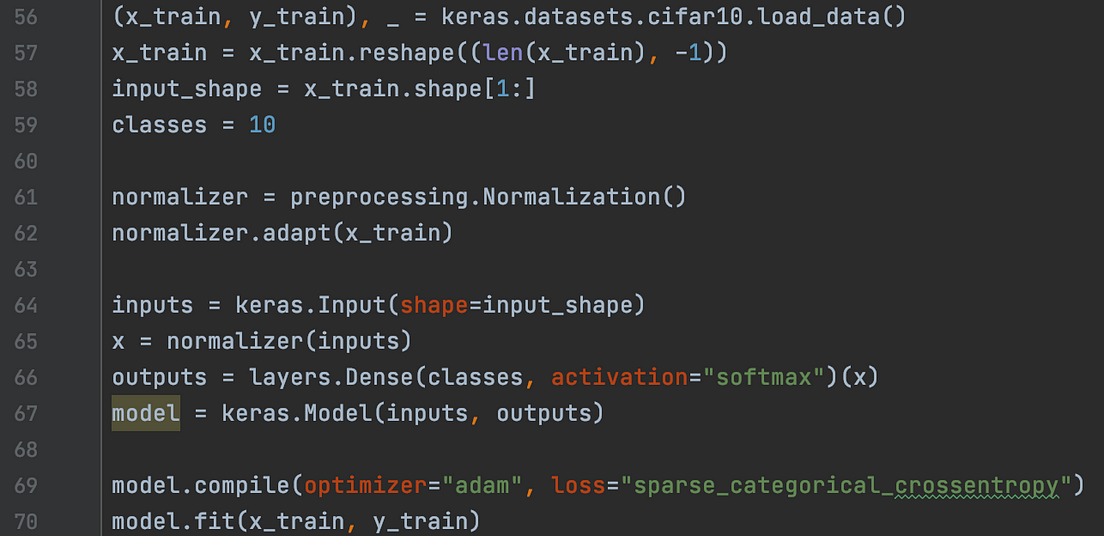

- TENSORFLOW IMAGE RESIZE HOW TO
- TENSORFLOW IMAGE RESIZE UPDATE
- TENSORFLOW IMAGE RESIZE CODE
When performing transfer learning or fine-tuning you may use the following code to leave off the fully-connected (FC) layer heads: model = VGG16(weights="imagenet", include_top=False) We would typically use this code when our project needs to classify input images that have class labels inside ImageNet ( as this tutorial demonstrates).

The code above is initializing the VGG16 architecture and then loading the weights for the model (pre-trained on ImageNet).

When working with Keras and deep learning, you’ve probably either utilized or run into code that loads a pre-trained network via: model = VGG16(weights="imagenet")
TENSORFLOW IMAGE RESIZE HOW TO
In this blog post, you’ll learn how to change input shape dimensions for fine-tuning with Keras. What is an input shape tensor? Figure 1: Convolutional Neural Networks built with Keras for deep learning have different input shape expectations.
TENSORFLOW IMAGE RESIZE UPDATE
Update the input image dimensions to pre-trained CNN using Keras. In the first part of this tutorial, we’ll discuss the concept of an input shape tensor and the role it plays with input image dimensions to a CNN.įrom there we’ll discuss the example dataset we’ll be using in this blog post. Update: This blog post is now TensorFlow 2+ compatible! Looking for the source code to this post? Jump Right To The Downloads Section Change input shape dimensions for fine-tuning with Keras The question then becomes, is such an update possible? In these scenarios, you would wish to update the input shape dimensions of the CNN and then be able to perform transfer learning. Resizing to the original input dimensions of the CNN hurts accuracy and you postulate increasing resolution will help improve your model. Your images are high resolution and contain small objects that are hard to detect. Your input image dimensions are considerably smaller than what the CNN was trained on and increasing their size introduces too many artifacts and dramatically hurts loss/accuracy. Why might you want to utilize different image dimensions? …and then update the input shape dimensions to accept images with different dimensions than what the original network was trained on?. Utilize a pre-trained network for transfer learning…. Typically we think of Convolutional Neural Networks as accepting fixed size inputs (i.e., 224×224, 227×227, 299×299, etc.). I created a really good pre-trained model, and would like to use some features for the pre-trained model and transfer them to a target domain that is missing certain feature training datasets and I’m not sure if I’m doing it right. After going through this guide you’ll understand how to apply transfer learning to images with different image dimensions than what the CNN was originally trained on.Ī few weeks ago I published a tutorial on transfer learning with Keras and deep learning - soon after the tutorial was published, I received a question from Francesca Maepa who asked the following:ĭo you know of a good blog or tutorial that shows how to implement transfer learning on a dataset that has a smaller shape than the pre-trained model? In this tutorial, you will learn how to change the input shape tensor dimensions for fine-tuning using Keras. Click here to download the source code to this post







 0 kommentar(er)
0 kommentar(er)
